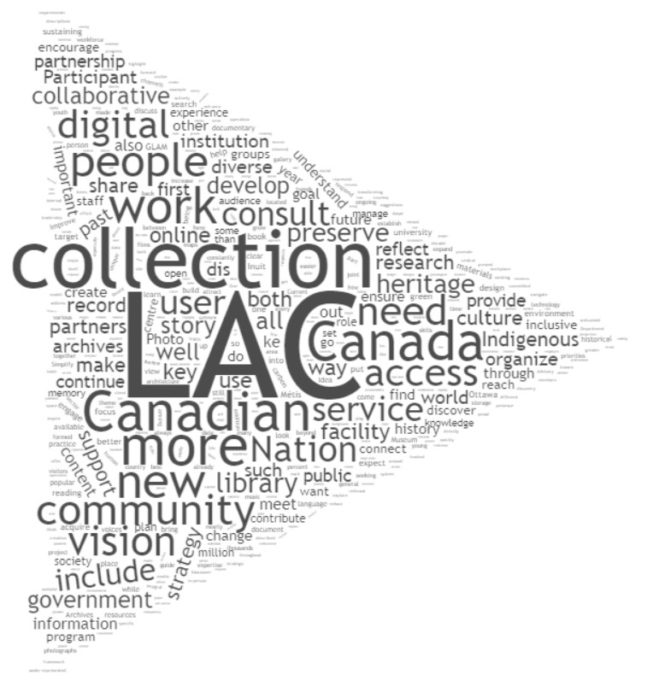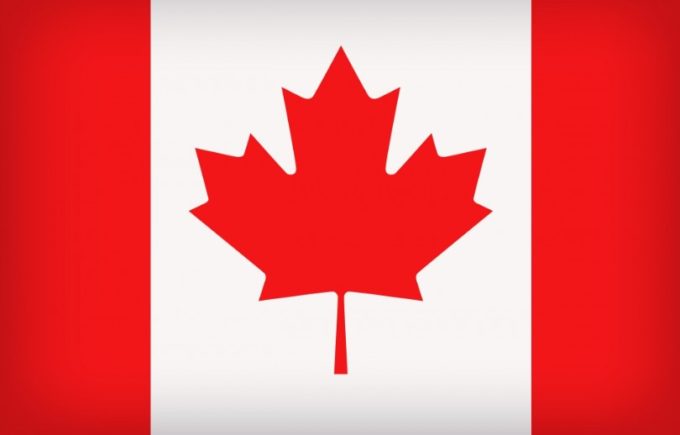 How can Library and Archives Canada best serve Canadians in the coming decade and beyond? Vision 2030, released on 29 June 2022, is LAC’s strategic plan.
How can Library and Archives Canada best serve Canadians in the coming decade and beyond? Vision 2030, released on 29 June 2022, is LAC’s strategic plan.
It has four key elements
1. Inviting users to discover the collections
Make our collections better known and more accessible
2. Reflecting diverse voices
Acquire collections that reflect a diverse and inclusive society
3. Engaging with the community, partnering with the world
Work with our partners, in the community and around the world
4. Supporting our people, sustaining our heritage
Create the conditions that support our staff.
The thrust of the vision is “While the collections remain at the centre of LAC’s identity, the ability of Canadians to discover, understand and connect with the collections frames our vision of service.”
“LAC’s new digital services will give all Canadians seamless access to research help, interactive content and digital collections, no matter where people live, as well as a variety of self-service options. These services will encourage users to discover Canadian histories for themselves, forming a deep connection with LAC’s collections in ways that reflect their unique interests.”
However, Leslie Weir’s introduction is about stories. LAC’s primary roles — acquisition, preservation and access — can be looked at as a utility. Do those roles well, and the media and individuals will do the job of telling the stories. Just as the hydro utility does not attempt to expand into value-added, LAC would do well to concentrate on its core functions, with particular emphasis on developing online access to legacy and born-digital materials.
The role as a utility doesn’t have headline appeal — it’s not “sexy.” Neither is hydro — until you don’t have it!


